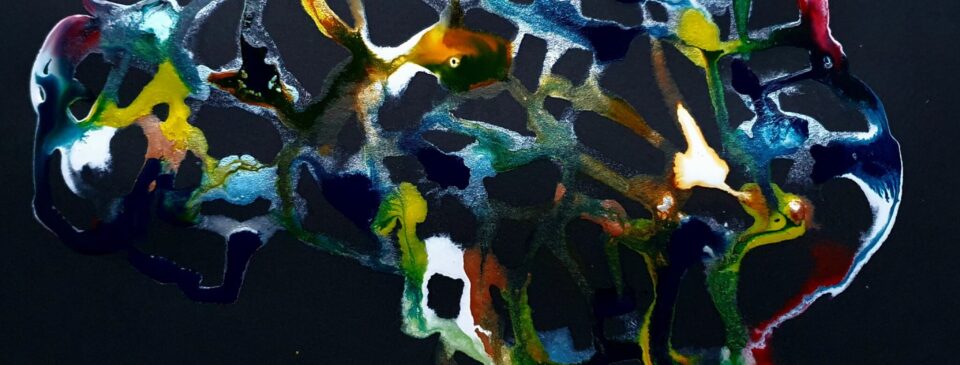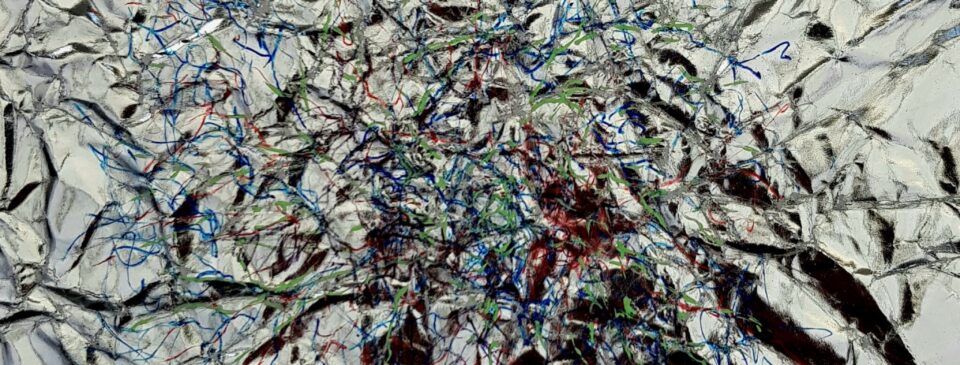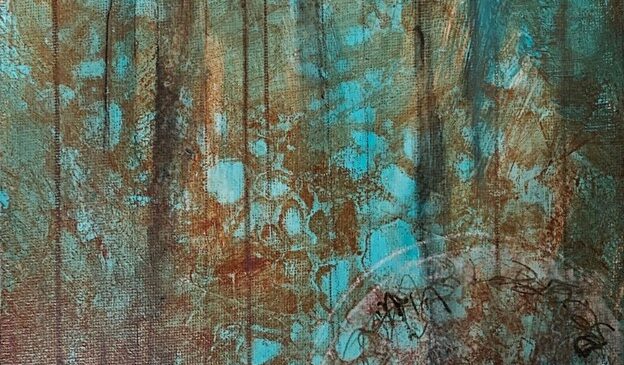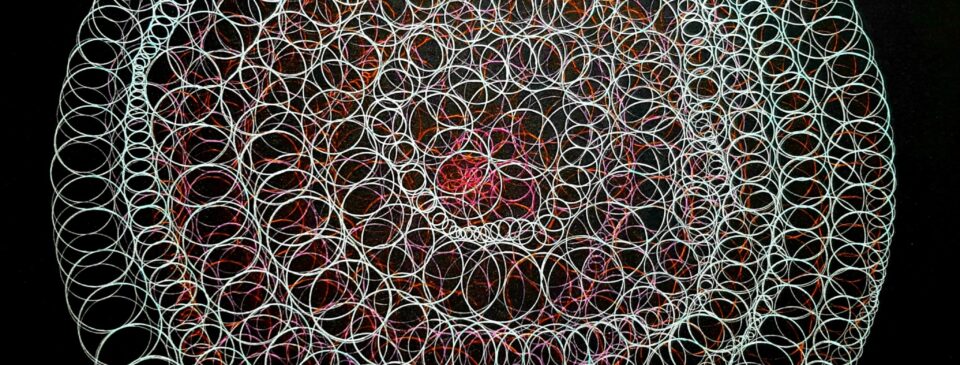Being Human with Artificial Intelligence 3
Issue 90 July 2025

On ‘The Creative Brain’
Anna Abraham is the E. Paul Torrance Professor and Director of the Torrance Center for Creativity and Talent Development at the University of Georgia. She is the author of ‘The Neuroscience of Creativity’ and the editor of the multidisciplinary volume ‘The Cambridge Handbook of the Imagination’. In this interview she discusses her latest book, ‘The Creative Brain: Myths and Truths’, which draws on theoretical and empirical work in cognitive psychology and neuroscience, and offers an examination of human creativity that reveals the true complexity underlying our conventional beliefs about the brain.

The Ethical Crossroads of AI Consciousness: Are We Ready for Sentient Machines?
This article explores the ethical, scientific, and philosophical implications of AI consciousness, analyzing whether artificial intelligence could ever develop self-awareness and what that would mean for society. It examines key theories of consciousness, governance challenges, and the potential redefinition of human identity in a world where intelligence is no longer exclusively biological. With AI advancing rapidly, policymakers must consider legal rights, autonomy, and ethical safeguards before AI forces an answer upon us. As this frontier approaches, the article argues that humanity must confront the complexities of coexistence with sentient machines.

My Hands, The Machine’s Mind: Giving Up Artistic Agency
Kayla Block is a mixed media artist and creative technologist whose work lives at the intersection of memory, machine, and material.
“This project explores a human-AI art collaboration in which the artist relinquished creative agency to ChatGPT, following its instructions to create a mixed-media piece. Rather than functioning as a passive assistant, the AI was prompted to issue direct, uncompromising commands. The resulting work revealed both the strengths and limitations of a language model directing visual composition. While ChatGPT declared the piece complete, the artist perceived unresolved tensions. The project raises questions about authorship, aesthetic judgment, and the nature of creativity when one mind is human and the other computational, offering a reflective case study in co-creation across species of intelligence.”
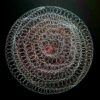
The Inward Spiral of Time: Remembering Ourselves Back to the Source
This article by Dr. Domenico Meschino was written in collaboration with Omni Intelligence AI, a next-generation cognitive model for scientific reflection and research.
“In this piece, we present a groundbreaking model that challenges the traditional view of time as linear. Drawing from patterns observed in physics, biology, and cosmology — alongside recent advancements in nonlinear theories — the article argues that time operates as an inward spiral, not a straight arrow.
This model aligns with emerging discoveries in relativity, quantum entanglement, and dynamic systems theory, suggesting a fundamental rethinking of scientific paradigms across physics, psychology, and consciousness studies.”

The Skin as a Living Canvas: Aging, Identity, and the Conscious Body
Dr. Nita Sharma Das is a Naturopathy expert, educator, award-winning author, and skincare formulator.
“This article explores the skin as a living interface where biology, consciousness, culture, and identity converge. Drawing upon evolutionary theories of aging by scientists such as Peter Medawar and Owen Jones, it reflects on how biological senescence is only one part of the human experience of aging. Integrating perspectives from naturopathy, psychological self-perception, and Indian cultural rituals, the piece reimagines skincare as a ritual of self-respect and self-awareness. Rather than resisting age, it proposes embracing it as a conscious journey—a philosophy I advocate through my work, my book Welcome to Second Spring, and my blog. The article calls for a new way of seeing the aging body not as a site of decline, but as a canvas of lived wisdom and evolving identity.”

The most-viewed painting in the world – a myth?
Florian Coulmas is Professor emeritus of Japanese Society and Sociolinguistics at the IN-EAST Institute of East Asian Studies at Duisburg-Essen University. He has published numerous books, including one about Hiroshima, where he once lived. In 2016, he was awarded the Meyer-Struckmann-Prize for Research in Arts and Social Sciences. More about him can be found here:
https://www.degruyterbrill.com/document/doi/10.1515/soci-2025-0003/html?lang=de&srsltid=AfmBOorWLOi61PBlP66wAMDb4vtc7hgp_CsTwP6ZgXXZSGS9CSpjBsSt

A neuroscientist explains why it’s impossible for AI to ‘understand’ language
Veena D. Dwivedi is Director – Centre for Neuroscience; Professor – Psychology | Neuroscience, Brock University
“The goal of my research program is to understand how the human mind/brain effortlessly understands language. I propose a “heuristic first, algorithmic second” model of language processing. This model integrates the latest findings from neuroscience, psychology and linguistic theory.”
For more information about my research program, visit the Dwivedi Brain and Language Lab website:
https://brocku.ca/dwivedi-brain-and-language-lab/

6 ways AI can partner with us in creative inquiry, inspired by media theorist Marshall McLuhan
Gordon A. Gow is Director, Media & Technology Studies, University of Alberta
“I am a professor of media and communications at the University of Alberta, where I currently serve as Director of the Media & Technology Studies unit and hold a cross-appointment with the Department of Sociology. Before joining the University of Alberta in 2006, I was a Lecturer in the Department of Media and Communications at the London School of Economics, where I directed the Graduate Programme in Media and Communications Regulation and Policy.
My research and teaching focus on the social impacts of digital media and technology. I lead collaborative projects on digital leadership and literacy, particularly through a technology stewardship initiative involving both Canadian and international partners. My areas of expertise include social media, communication for development, community informatics, the political economy of communication, communication policy and regulation, and science and technology studies.
I also have a longstanding interest in media ecology, with a particular focus on the work of Marshall McLuhan, Harold Innis, and others associated with the Toronto School of Communication.”

Where did the wonder go – and can AI help us find it?
Lucy Gill-Simmen is the Vice-Dean for Education and Student Experience and a Senior Lecturer in Marketing in the School of Business and Management at Royal Holloway, University of London. She has a passion for management education and seeks to provide the best and most equal education experience for all students. She holds both a MBA and a Ph.D. in Marketing from Imperial College Business School, London. Her pedagogic research interests lie in the development of human skills amongst students, devising inclusive feedback and assessment strategies, and values-based pedagogies for educating the ‘whole’ individual. She has published her work in pedagogy in a number of academic journals, and most recently published her case research in the world’s leading journal for case research; Case Research Journal. She is the Chair for the Academy of Marketing, Marketing Education Special Interest Group. In 2022, she was awarded the Global Women in Marketing Award for her role as a marketing educator.

What 70 years of AI on film can tell us about the human relationship with artificial intelligence
Paula Murphy is an Assistant Professor in the School of English in Dublin City University, specializing in popular film, especially film and technology, and Irish literature and film, with an emphasis on new and marginal voices.
“I have just published a book on representations of artificial intelligence in film, AI in the Movies, with Edinburgh University Press, and a number of related journal articles:
– ‘”You Feel Real to Me, Samantha”: The Matter of Technology in Spike Jonze’s Her’. In Technoculture: An Online Journal of Technology in Society, Vol 7, 2018.
– ‘“Through the Looking Glass”: Bodies of Data in Alex Garland’s Ex-Machina’. Film International, 17.3: 79-85.
-‘‘Writers and Writers of Writers: Creativity and Authorship in the First AI Novel’. Kritikos: An International and Interdisciplinary Journal of Postmodern Cultural Sound, Text and Image. Vol 19, Fall/ Winter, 2023.”

AI could be the breakthrough that allows humanoid robots to jump from science fiction to reality
Dr. Daniel Zhou Hao is a Lecturer (Assistant Professor) in AI and Robotics, School of Computing and Mathematical Sciences, University of Leicester. He is the founder of the Dynamics and Neural Intelligence (DANi) Lab and the Team Lead of the DriverLeics research-inspired education group in AI-powered robotics and autonomous systems.
Dr. Hao is the Leicester’s PI in the UK Space Agency (UKSA) funded PLATOR project. He is also the Robotics Lead for the ESA/NASA Mars Sample Return DWI Project (ESA Prog. ref: E/019A-02R – MSR SRP E3P2), affiliated with Space Park Leicester. Dr. Hao is the Co-I of the EPSRC Centre for Doctoral Training in Digital Transformation of Metals Industry (2024), working with School of Engineering.
Dr. Hao’s expertise encompasses Spacecraft AOCS/GNC, Robotics, and AI. His current research interests include autonomous GNC supporting in-orbit servicing and manufacturing, Large language and vision models driven robotics, Reinforcement Learning for Legged Space Robots, AI-driven Robotic Manipulation, and AI for Space Sciences.
